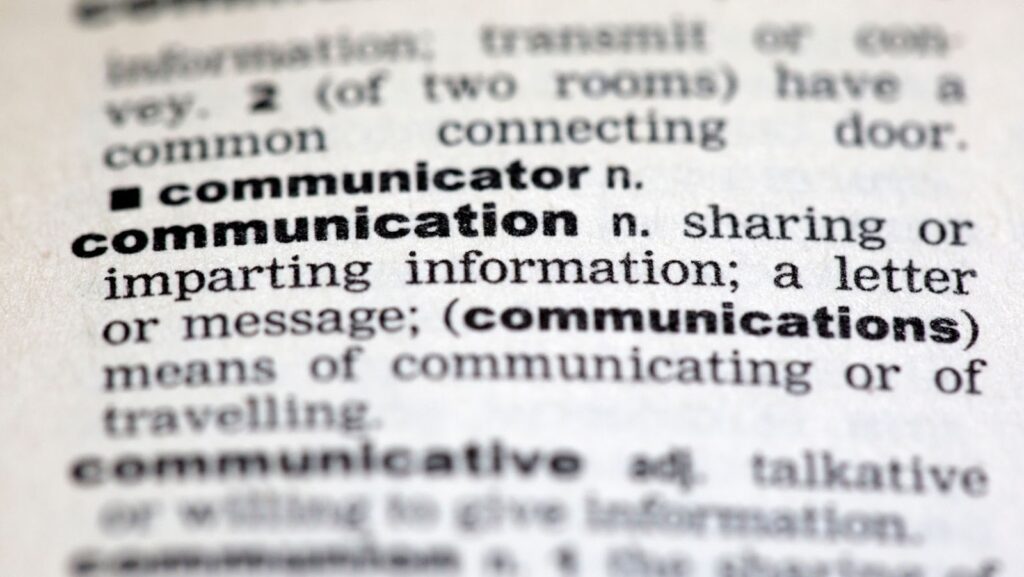
This content brief will cover the basics of pronunciation, including common mistakes and how to avoid them. Pronunciation is an important part of language learning, and by mastering it, students can improve their communication skills.
By the end of this brief, students will have a better understanding of how to produce the sounds of English correctly.
What is the definition of pronunciation
Pronunciation is the way in which a word or language is spoken. It includes the correct use of sounds, stress, and intonation. When studying pronunciation, it is important to learn both the written form of the word or phonemic transcription and the spoken form.
The written form will give you an idea of how the word should be pronounced, while the spoken form will help you to hear the correct pronunciation.
What are the three main aspects of pronunciation
There are three main aspects of pronunciation:
- phonemes – these are the smallest units of sound in a language, and there are around 44 different phonemes in English. To be able to pronounce a word correctly, you need to know which phonemes to use and how to combine them.
- stress – this is the emphasis that is placed on certain syllables in a word. In English, stress usually falls on the first syllable of a word.
- intonation – this is the rise and fall of your voice when you speak. It can be used to convey meaning and make your speech sound more natural.
Common mistakes in pronunciation
There are many common mistakes that students make when pronunciation. Some of the most common include:
- mispronouncing vowel sounds – this is a common mistake, as there are many different vowel sounds in English. To avoid this, make sure you listen to the correct pronunciation and practice saying the words out loud.
- stressing the wrong syllable – this can change the meaning of a word entirely. For example, the word “resent” can either mean to feel angry about something or to send something back. To avoid this mistake, make sure you know which syllable to stress.
- not using intonation – this can make your speech sound robotic and unnatural. To avoid this, pay attention to the rise and fall of your voice when you speak.
How to improve your pronunciation
There are many ways to improve your pronunciation. Some of the most effective include: Listening to native speakers: this will help you to hear the correct pronunciation and learn new words. Practicing with a partner: this will help you to get feedback on your pronunciation and practice using the correct stress and intonation. Using a textbook: this can help you to learn the correct phonemes and stress patterns for words.
Taking a class: this is a great way to get feedback on your pronunciation and practice with other students. Pronunciation is an important part of language learning, and by mastering it, students can improve their communication skills.
What are some resources for learning more about pronunciation
There are many resources available for learning more about pronunciation. Some of these include: Online courses: these can be a great way to learn at your own pace. Pronunciation books: these can provide you with a reference guide to the correct sounds and stress patterns. Pronunciation apps: these can be a great way to practice your pronunciation.
Native speakers: these can help you to identify the correct sounds and stress patterns. Pronunciation is an important part of language learning, and by mastering it, students can improve their communication skills.
how to pronounce sudo
The sudo command is pronounced “soo-doh”. Pronunciation is an important part of communication because it can affect how well you are understood by others. If you mispronounce a word, it can change the meaning of what you are saying entirely.
Additionally, if you do not use the correct intonation, your speech may sound robotic or unnatural. By taking the time to learn about the different aspects of pronunciation and using resources to practice, you can ensure that you are communicating effectively.












